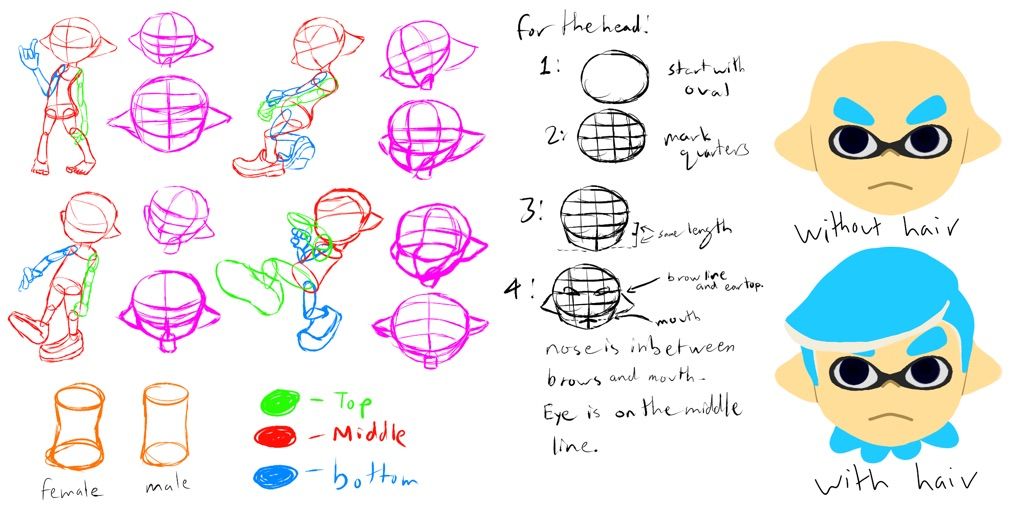

The skin of an inkling is their first line of defense against harmful elements. This brings me to, finally, talk about what makes up the body of inkling- the four layers of squiddo anatomy. Their biggest vulnerability would be their weakness to foreign fluids, inks, and water, the latter of which is deadly enough to disintegrate them if submerged. Inklings may not be the most intelligent species around (in comparison to other cephalopods such as the Octolings), but they are extremely hardy and adaptable. Unlike the rest of their body, their teeth have poor regenerative capabilities and may not be able to grow back if damaged. They do not fall out but can be broken or damaged. There are three large, tough fangs that make up the squid beak, coupled with four smaller, yet still sharp fangs toward the back of the mouth. It is debated whether or not the skull is true bone or simply a chitinous structure, like their ancestors.Īn Inkling's teeth are not like human teeth. The rest of the nervous system is located inside the "Core" of an Inkling which, in turn, has loose threads spread all throughout the body. This protects the brain and the center of the nervous system from outside harm.

While the Inkling does possess flesh and muscle, it only has a single bone: its skull. The "Squid" form is a medium-to-large squid that can slide through grates, swim through ink, and just overall has the ability to liquefy itself. The "Kid" form, as you might have guessed, is the humanoid of the two. Each form has its different abilities and purposes. They are a generally small, humanoid creature with the ability to transform between two forms: the "Kid" and "Squid" forms. The Inkling is a creature descended, or perhaps evolved, from the squid.


 0 kommentar(er)
0 kommentar(er)
